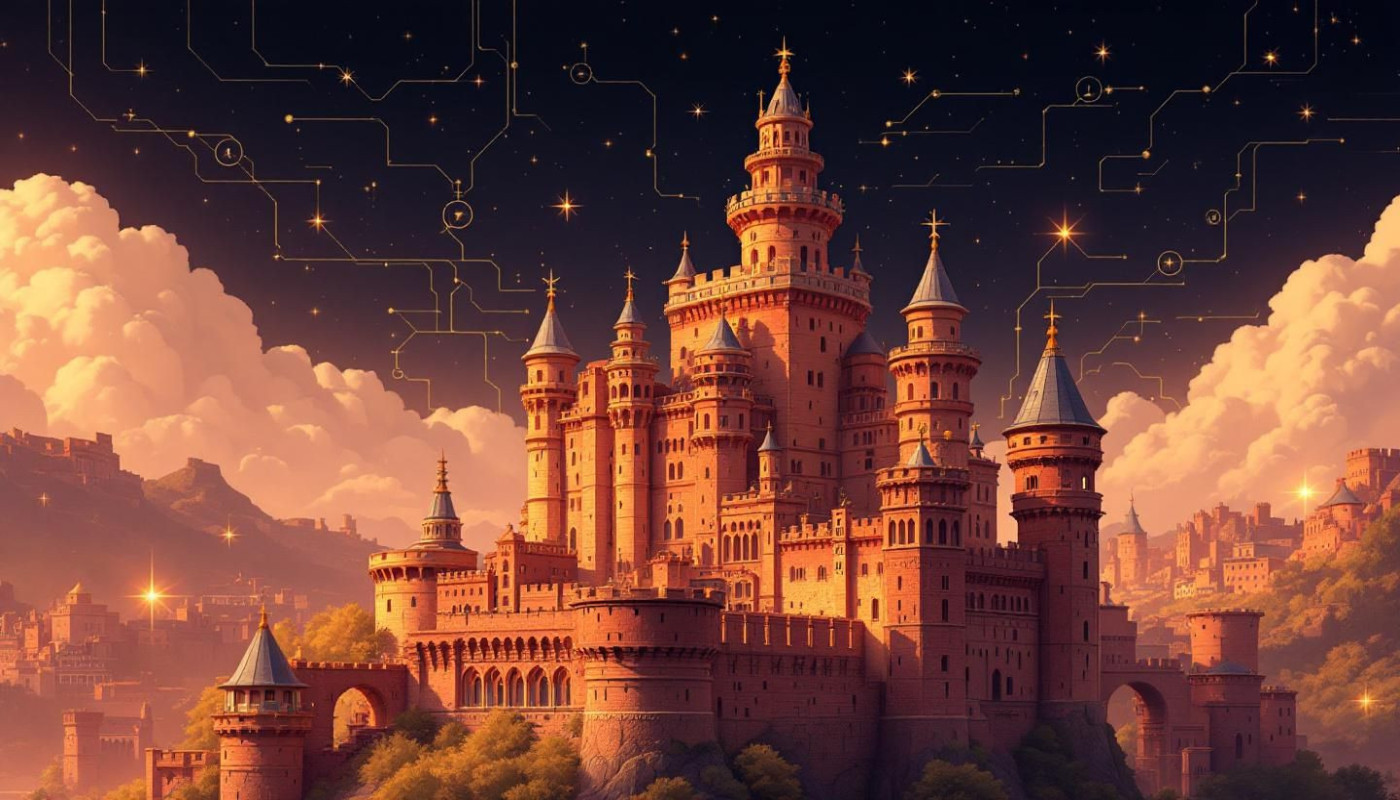Table of contents
The world of theatre is ever-evolving, constantly seeking innovative ways to engage audiences and offer unique experiences. A new frontier has emerged in the form of immersive theatre, blurring the lines between spectator and performer, reality and fiction. These performances reach beyond the traditional proscenium arch and invite the audience into the heart of the storytelling experience. If you've ever wondered what it's like to step inside a play, to actively participate in the unfolding drama, then get ready to discover the captivating realm of immersive theatre.
Concept and Evolution of Immersive Theatre
The concept of immersive theatre has its roots deeply entrenched in the rich soil of theatre history. With the evolution of immersive theatre, a boundary-pushing form of art, there has been a noticeable divergence from traditional theatre norms and practices. This form of live performance, often referred to as 'site-specific performance', offers a unique, multilayered experience that goes beyond the rigid constraints of a proscenium arch.
The growth of immersive theatre has been significant over the years. It has transformed from an experimental practice to an innovative and compelling genre in the realm of interactive performance art. The shift from the static, viewer-centric model of traditional theatre to the dynamic, participant-inclusive framework of immersive theatre has revolutionized the way audiences engage with the performance
This immersive approach has challenged the conventional modes of storytelling and theatrical expression, offering spectators an opportunity to step into the narrative, rather than merely observing it. The evolution of immersive theatre, in essence, represents a paradigm shift in the way performances are conceived, created, and consumed, signaling a new frontier in live performance art.
The Mechanics of Immersive Theatre
Immersive theatre performance represents a transformative evolution within live performance art, challenging the traditional boundaries of a stage and bringing new dimensions to audience participation. A fundamental component of immersive theatre is the innovative approach to staging in immersive theatre. Unlike the fixed perspectives of conventional theatre, immersive performances often utilize a 'promenade theatre' style, a term from the theatre industry implying that audiences freely move through various scenes, fully enveloped in the narrative structure.
Alongside the unique staging, a crucial aspect that distinguishes immersive theatre from traditional forms is the increased level of audience participation. Rather than being passive observers, audiences become active participants, often given the agency to interact with the performers and the environment. This can significantly enhance the overall immersive theatre experience, making it a highly personal and emotionally-resonant event for each attendee.
Furthermore, the narrative method employed in an immersive theatre performance tends to be nonlinear and multilayered, allowing the story to unfold in a more organic and unpredictable manner. This kind of narrative structure encourages audiences to engage more deeply with the storyline, providing them with the freedom to explore the plot at their own pace. In conclusion, the unique staging, heightened audience participation, and fluid narrative structure of immersive theatre create a compelling and immersive live performance experience that pushes the boundaries of traditional theatre.
Impact of Immersive Theatre on Audiences
The advent of immersive theatre has undeniably marked a significant shift in the live performance arena, redefining the traditional boundaries between performers and spectators. The unique value of this form of 'experiential theatre' lies primarily in its ability to foster a higher level of engagement in immersive theatre. The immersive environment enables spectators to actively participate in the theatrical narrative rather than simply observing it.
The personalized theatre experience offered by immersive productions ensures that no two audience members have the same experience, as their individual interactions with the performance significantly influence their overall experience. This high level of personalization cultivates a profound sense of emotional investment in the narrative, further fueling the audience impact of immersive theatre.
Moreover, immersive theatre serves as a transformative theatre medium that can alter the way audiences perceive and appreciate theatre. By immersing the audience in the narrative, they become active participants, often provoking a heightened sense of emotional involvement. As a result, they are more likely to form personal connections with the narrative and characters, deepening the overall impact of the performance.
Challenges and Opportunities in Immersive Theatre
The domain of immersive theatre introduces a unique blend of challenges and possibilities that can dramatically shape the landscape of live performance. Specifically, the challenges in immersive theatre encompass logistical considerations, ensuring audience safety, and maintaining narrative coherence amidst the multiple threads of immersive storytelling.
Logistics present a significant obstacle, given the nature of immersive theatre. Unlike traditional theatre, where the action unfolds on a single stage, immersive theatre often requires multiple spaces or even entire buildings. This increases the complexity of coordinating performances, actors, and technical elements.
Another critical concern is audience safety. Because immersive theatre encourages audience participation and physical exploration of the performance space, the risk of accidents is higher than in traditional theatre. Therefore, meticulous planning and well-rehearsed safety protocols become paramount.
Furthermore, narrative coherence can be a daunting challenge. With the audience having the freedom to explore and interact with different elements of the story, maintaining a consistent, cohesive narrative becomes a complex task. The intersection of audience agency and predetermined narrative needs to be skillfully balanced.
Yet, these challenges also pave the way for innovation in theatre. Immersive theatre provides a platform for pushing the boundaries of traditional storytelling, allowing for creative opportunities that engage audiences on a deeply personal level. The freedom to explore and the thrill of the unexpected can make for truly memorable experiences. The dynamic nature of immersive theatre also invites continuous experimentation, keeping the art form fresh and innovative. Thus, despite the challenges, the rewards of immersive theatre can be immense, offering a new frontier in live performance.
The Future of Immersive Theatre
The future of immersive theatre holds immense promise and presents an exciting canvas for innovative storytelling. Considered by many as the next generation theatre, this novel form of live performance has notable growth potential. As technology continues to evolve rapidly, it is expected to become an integral part of immersive theatre.
One significant area to watch out for is the integration of technology in immersive theatre. Advances in technology are allowing creatives to incorporate elements of virtual reality, augmented reality, and mixed reality into their productions. This spurs the evolution of the traditional theatre setup into 'virtual immersive theatre', thereby offering audiences a thoroughly engaging and interactive experience.
As we look ahead, the incorporation of virtual reality in immersive theatre is set to redefine the boundaries of live performance. This allows audiences to not just witness, but actively participate in the storyline. The audience becomes a part of the narrative, blurring the lines between reality and fiction.
In conclusion, the future of immersive theatre is undeniably bright. With technological advancements set to drive its evolution, we can anticipate a dramatic shift in the way we experience live performances. As a result, Immersive theatre is set to bloom into a mainstream entertainment form, steering the wheel for the next generation theatre.
Similar

The Benefits Of Acquiring A Strong European Platform

Privacy Concerns With Online Photo Sharing: What To Know?

Exploring The Fusion Of Natural Motifs With Modern Lighting Designs

